Who was the Russian Empire’s MAIN enemy?

"Fight near Telish during the Russo-Turkish War of 1877-1878".
Viktor MazurovskyFor four centuries, Russia and the Ottoman Empire were engaged in a bloody struggle for the Black Sea coast, the Balkans and the Caucasus. Between the mid-16th century and the end of World War I, the two countries had more than a dozen wars and major armed conflicts. On average, their soldiers met on the battlefield every 25 years.
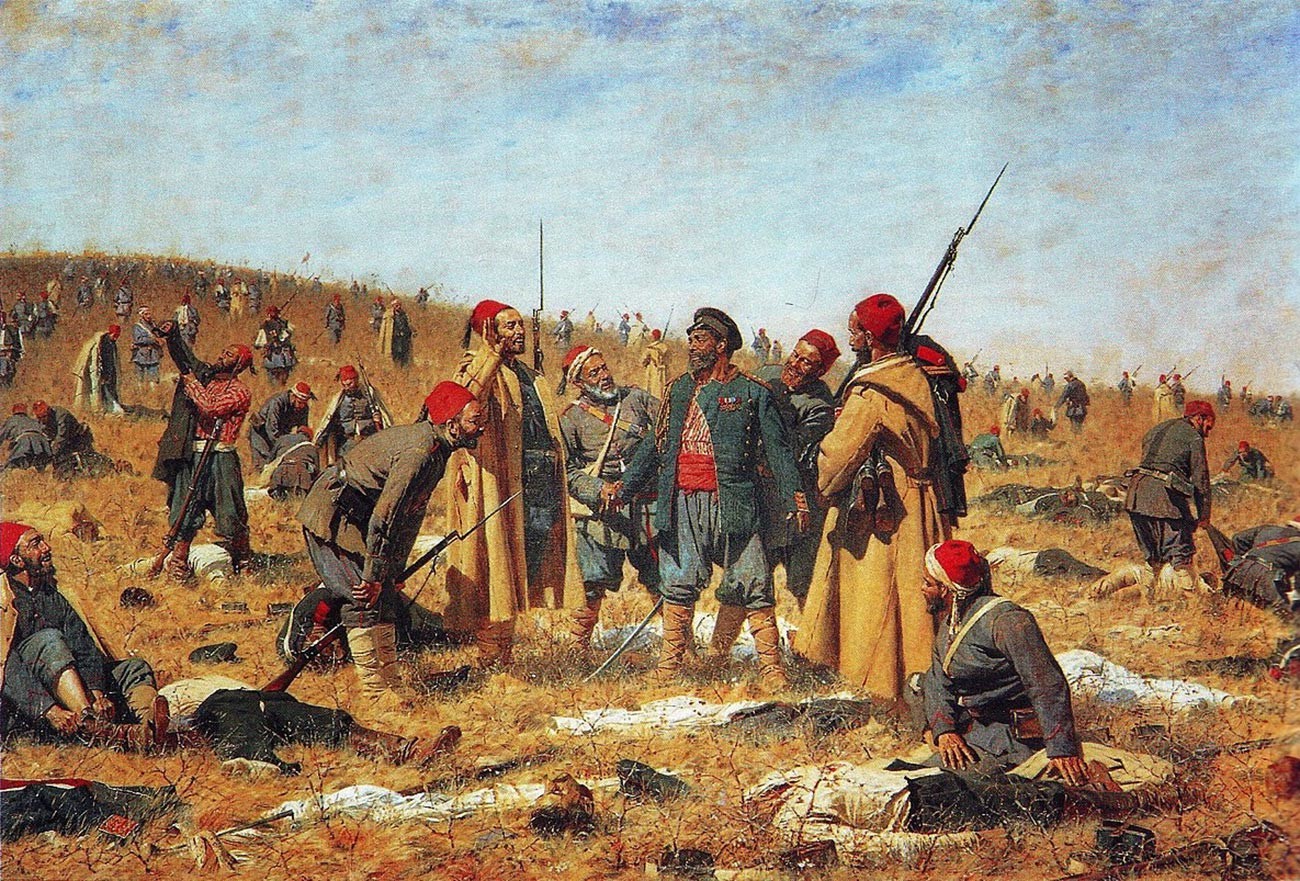
"Victors".
Vasily VereshchaginThe first recorded military clash between the Russians and the Turks dates back to 1541. At the time, Sahib I Giray, the khan of the Crimean Khanate, which was politically dependent on the Ottoman Empire, started a military campaign against Moscow and asked the Sultan for assistance in the form of a detachment of janissaries and artillery. The Russian troops won a decisive victory, “beating many of the Tatars and smashing many of the Turks’ guns”.
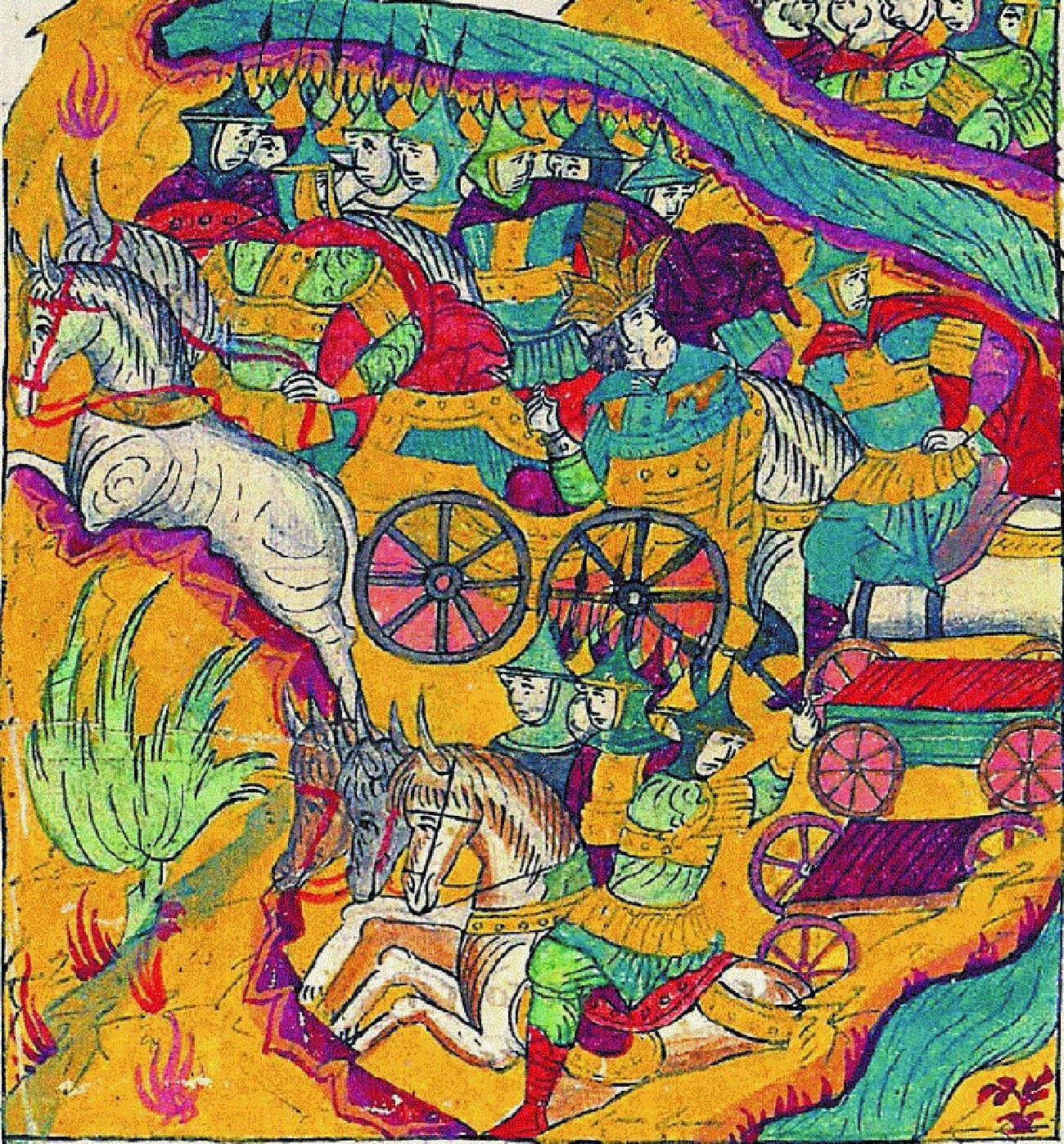
Sahib Giray flees from Moscow.
Public DomainWith the southward expansion of the Tsardom of Russia, the conquest of the Kazan (1552) and the Astrakhan (1556) khanates weighed heavily on Sultan Selim II’s mind. The Sublime Porte understood too well it had to - as soon as possible - push the Russians away from the borders of the Ottoman Empire and its dependent Crimea. However, military fortune turned its back on the Turks. In 1569, their attempt to capture Astrakhan ended in failure and, in 1572, in the battle of Molodi 50 km from Moscow, up to 7,000 janissaries were killed, along with the army of Crimean Khan Devlet I Giray.
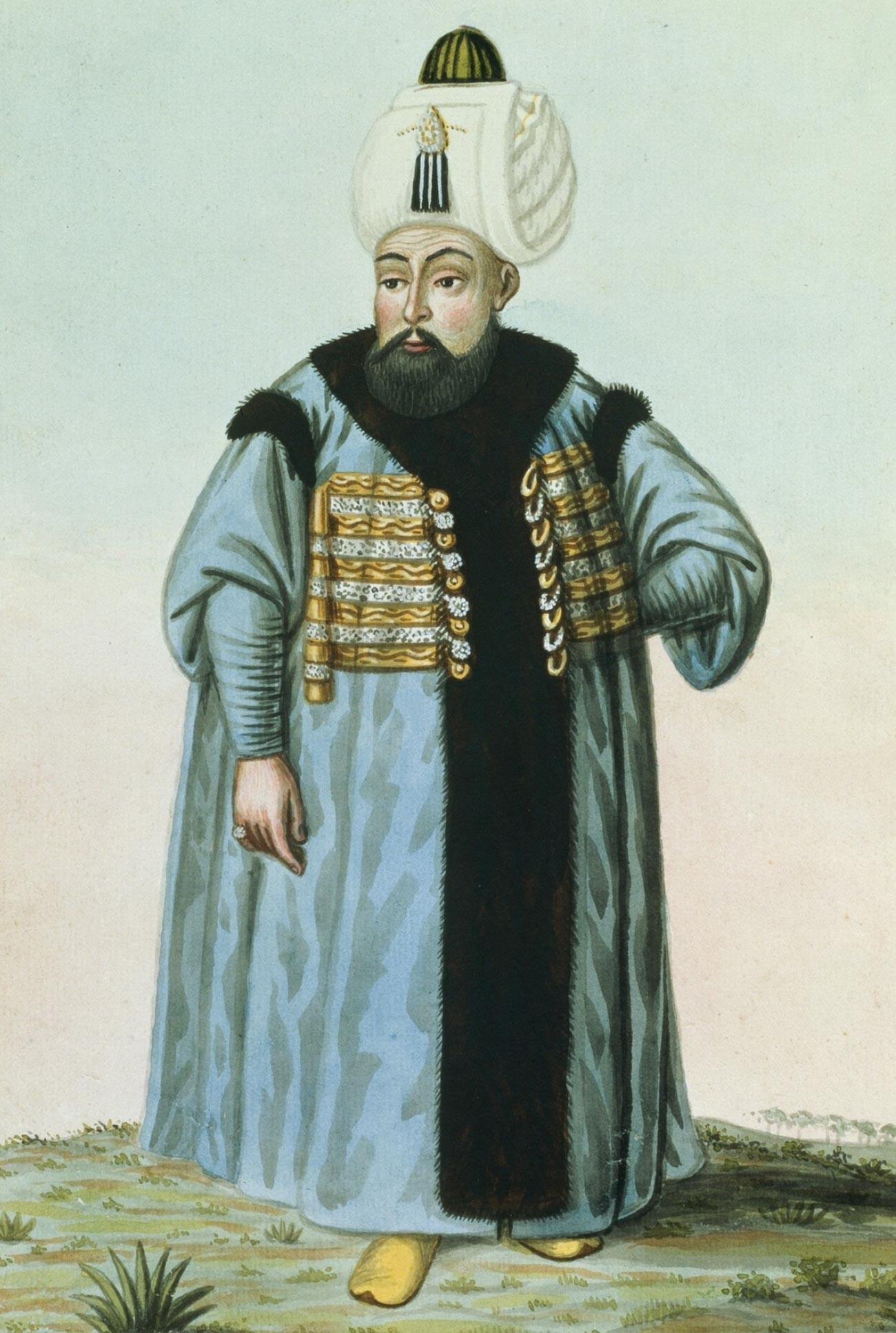
Portrait of Selim II.
Public DomainOn the whole, the wars of the late 17th and early 18th centuries turned out well for the Russian state: It managed to stop the expansion of the Ottoman Empire to the Ukrainian lands, securing Kiev and the territory on the left bank of the Dnieper, seize the Turkish fortress of Azov on the Sea of Azov in 1696 and begin building the first regular navy there. However, the Pruth River Campaign of 1711 became a cold shower for the Russians, when Peter the Great’s 80,000-strong army was surrounded in Moldavia by 200,000 Turks and Crimean Tatars. The tsar managed to make peace with the enemy and save his army, but Russia lost Azov for almost a quarter of a century.
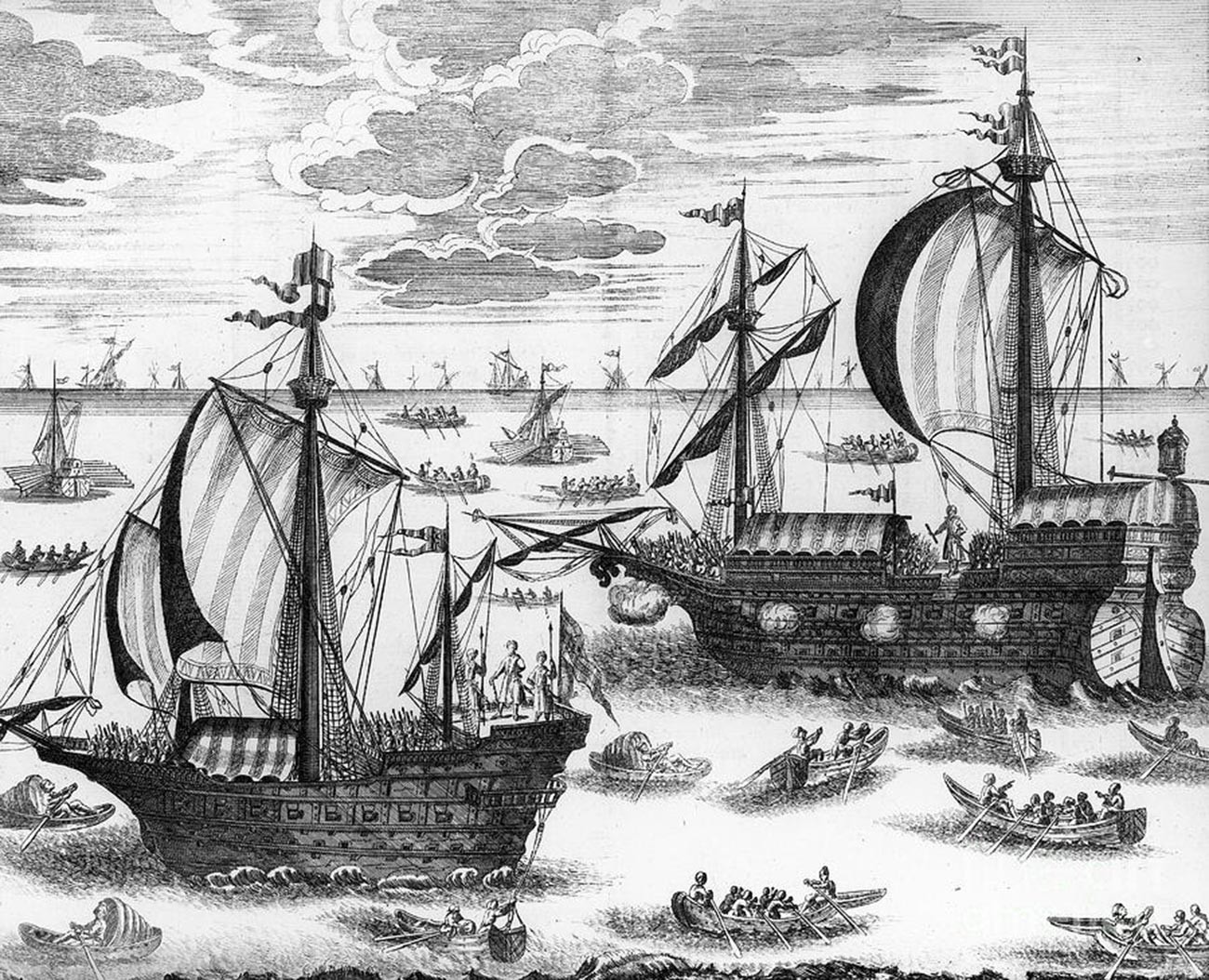
Russian Azov Flotilla.
Public DomainOne of the most important wars in the history of Russian-Turkish confrontation was the war of 1768-1774. In July 1770, the Russian squadron wiped out the Turkish fleet in the Chesme Bay of the Aegean Sea, thus securing complete domination in the Eastern Mediterranean. “The water, mixed with blood and ash, looked very nasty. Burnt corpses were floating on the waves and the port was filled with them so that it was difficult to move about in boats,” recalled Prince Yuri Dolgorukov, who took part in the battle.
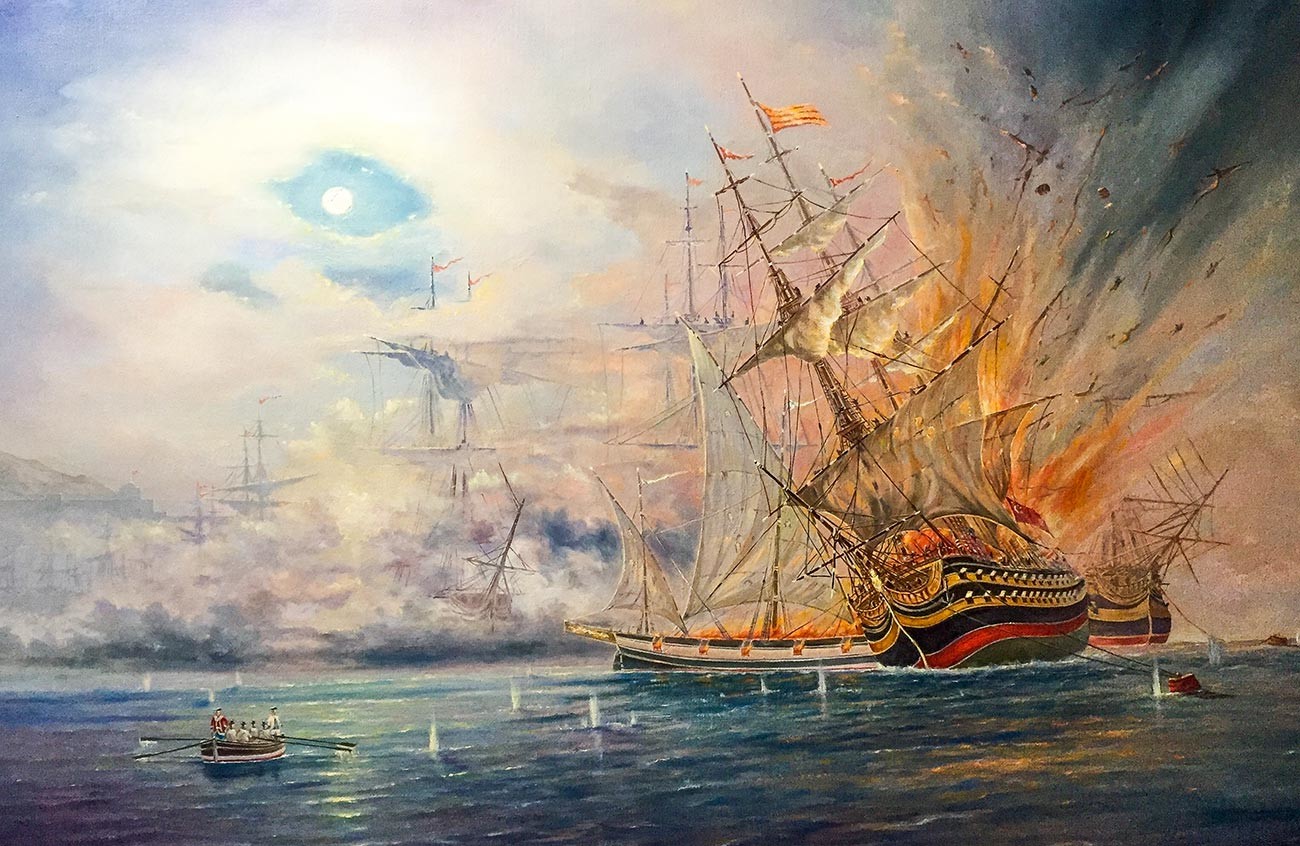
"Battle of Chesme in 1770".
Vladimir Kosov (CC BY-SA 4.0)The triumph at sea was followed by successes on land: the Turkish armies were defeated at Larga, Cahul and Kozluca. For a while, one of the most important ports of the Ottoman Empire – Beirut – was in the Russian hands, too. As a result of the war, Crimea was declared independent and was no longer under the Sultan’s authority (the peninsula would later become part of the Russian Empire in 1783). In addition, Russia received the right to have a navy on the Black Sea, which could freely pass through the Bosphorus and the Dardanelles.
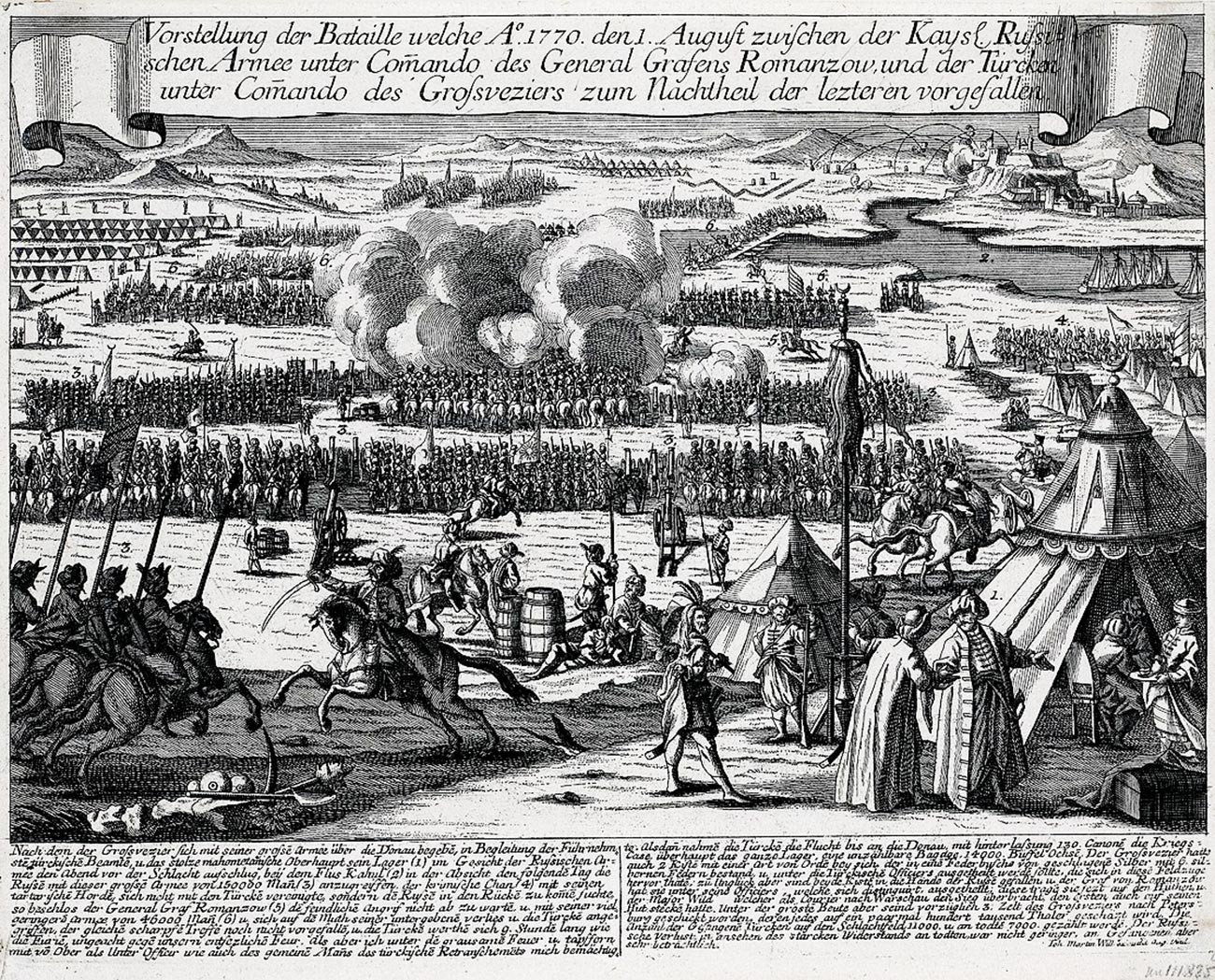
Battle of Kagul.
Johann Martin WilleIn the course of subsequent military conflicts up to the middle of the 19th century, Russia successfully squeezed the weakened Ottoman Empire from the northern Black Sea region, the Caucasus and the Balkans. The Crimean War of 1853-1856 also began successfully for the Russian troops. In the Battle of Sinop on November 30, 1853, the Russian fleet utterly defeated the Turkish fleet, sinking 15 ships, killing more than 3,000 sailors and taking the Turkish commander, Vice Admiral Osman Pasha, himself prisoner. “With sincere heartfelt joy I instruct you to tell OUR brave sailors that I thank them for the feat accomplished for the glory of Russia and for the honor of the Russian flag. I am pleased to see that the memory of Chesma is fresh in the Russian Navy and that great-grandchildren are worthy of their great-grandfathers,” Emperor Nicholas I wrote to naval minister Alexander Menshikov.
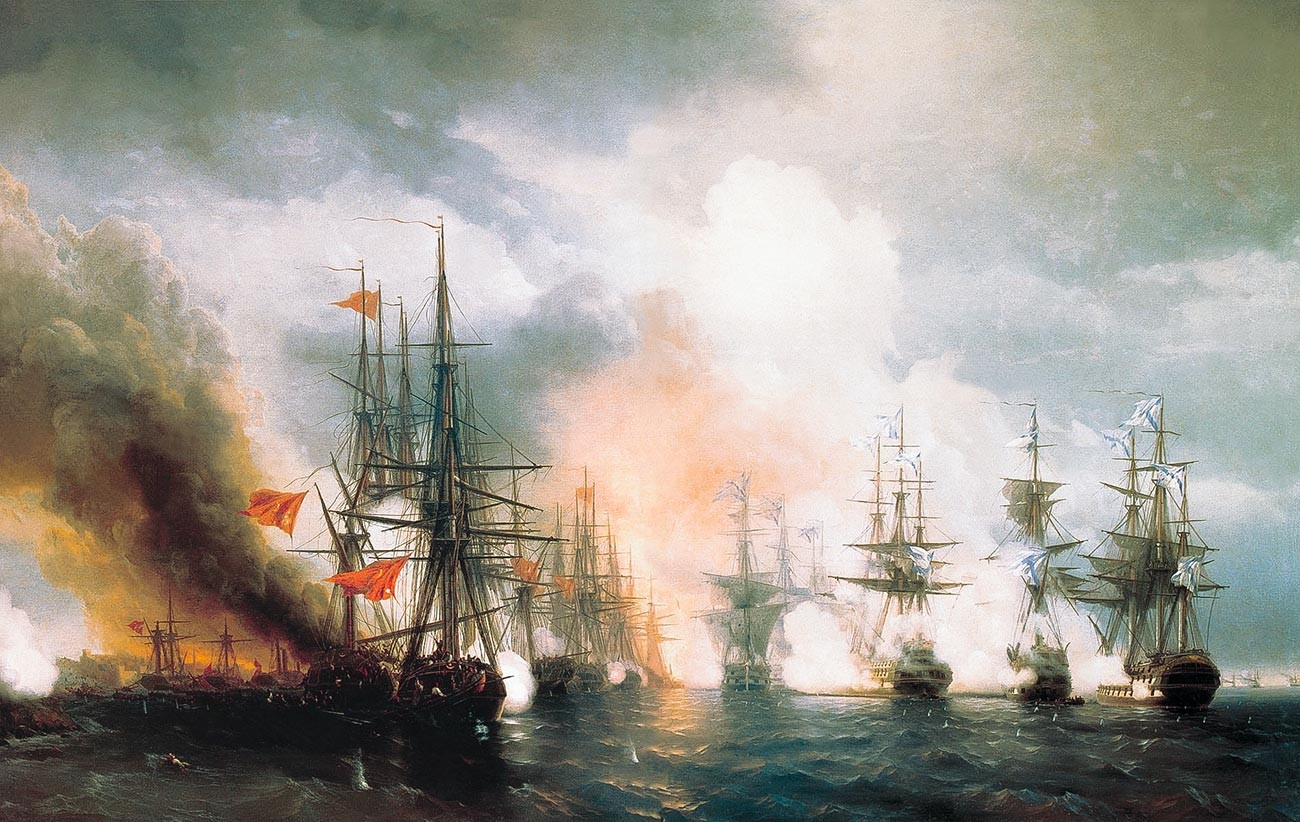
"Battle of Sinop".
Ivan AivazovskyThe ‘Massacre of Sinop’, as the battle was dubbed in the English press, prompted Great Britain, France and the Kingdom of Sardinia to join in the war on the side of Turks. Taking advantage of the technical backwardness of the Russian army, the allies achieved a victory in the end. One of the most difficult conditions of the Treaty of Paris that ended the war was Russia’s loss of the right to keep a navy in the Black Sea (the restriction was lifted in 1871).
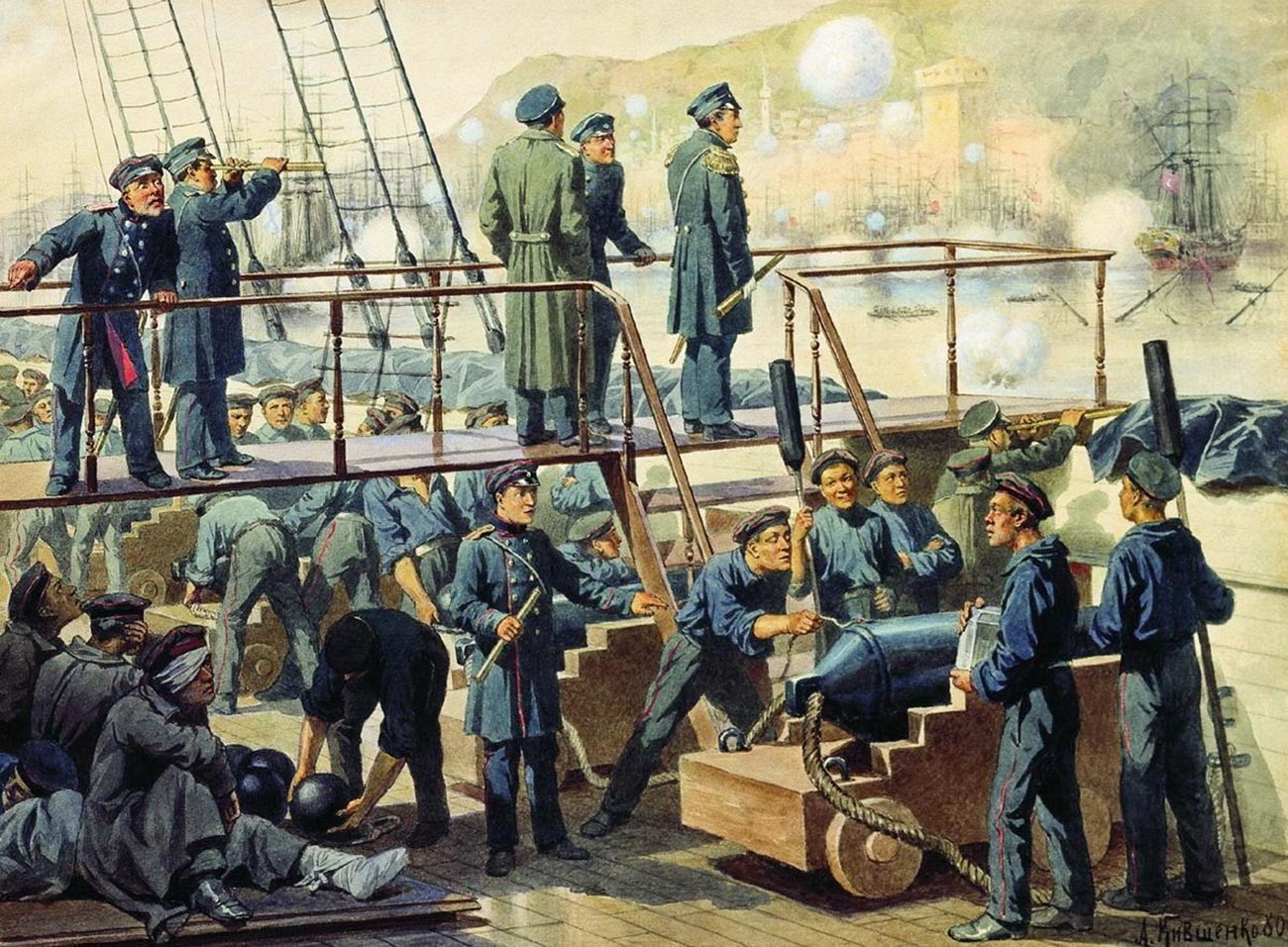
"The deck of the battleship "Empress Maria" during the battle of Sinope".
Alexey KivshenkoAfter the Turks brutally suppressed Christian uprisings in Bulgaria and Bosnia in 1876 and 1877, respectively, a wave of indignation swept through Europe. On April 24, 1877, Russia declared war on the Ottoman Empire with a view to liberating the peoples of the Balkans. Despite temporary difficulties, the military campaign of the Russian army developed successfully and, in January 1878, it reached the approaches to Istanbul. Under the terms of the Treaty of San Stefano, Romania, Serbia and Montenegro were officially proclaimed independent (de facto they had long ceased being under the sultan’s rule), Turks ceded part of their territories in the Caucasus and the Balkans to Russia and also granted autonomy to Bosnia and Herzegovina. But the main result of the peace was the re-establishment of the Bulgarian state, which included vast territories from the Black to the Aegean Sea. For the first few years, Bulgaria was to remain under Russian governance.
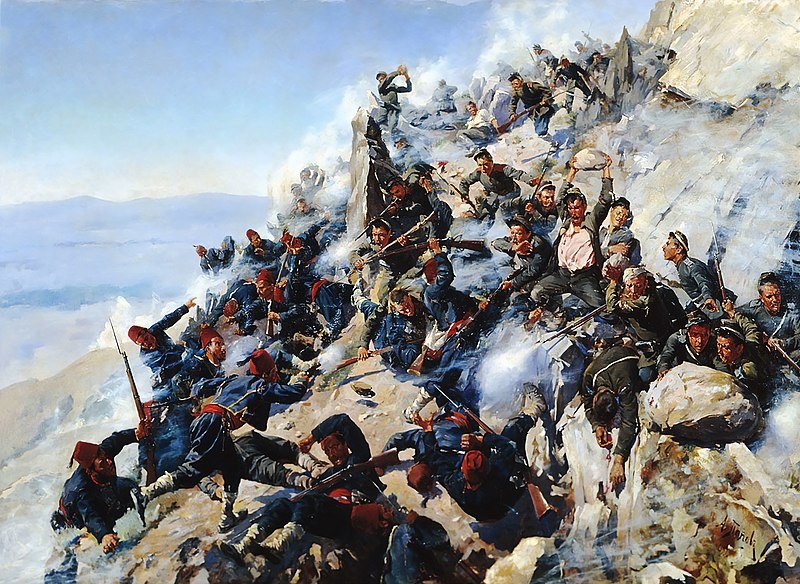
The Battle of Shipka Pass in August 1877.
Historical Museum of Artillery, Engineers and Signal Corps, St. Petersburg, RussiaThis strengthening of the Russian Empire’s positions in the Balkans caused much concern to the Western powers. Under their diplomatic pressure, at the Congress of Berlin in the summer of 1878 the terms of the Treaty of San Stefano were revised. The independence of Romania, Serbia and Montenegro was confirmed, but Bosnia and Herzegovina, instead of autonomy, received a “temporary” occupation by Austro-Hungarian troops (less than 20 years later, the region would officially fall under Vienna’s rule). Instead of Greater Bulgaria, a vassal principality with a capital in Sofia and an autonomous province within the Ottoman Empire called Eastern Rumelia was established. “Europe gave us the right only to beat the Turks, shed Russian blood and spend Russian money, but in no way to benefit either for ourselves or for our fellow believers as we see fit,” the Russian ambassador to Istanbul, Nikolai Ignatyev, complained.
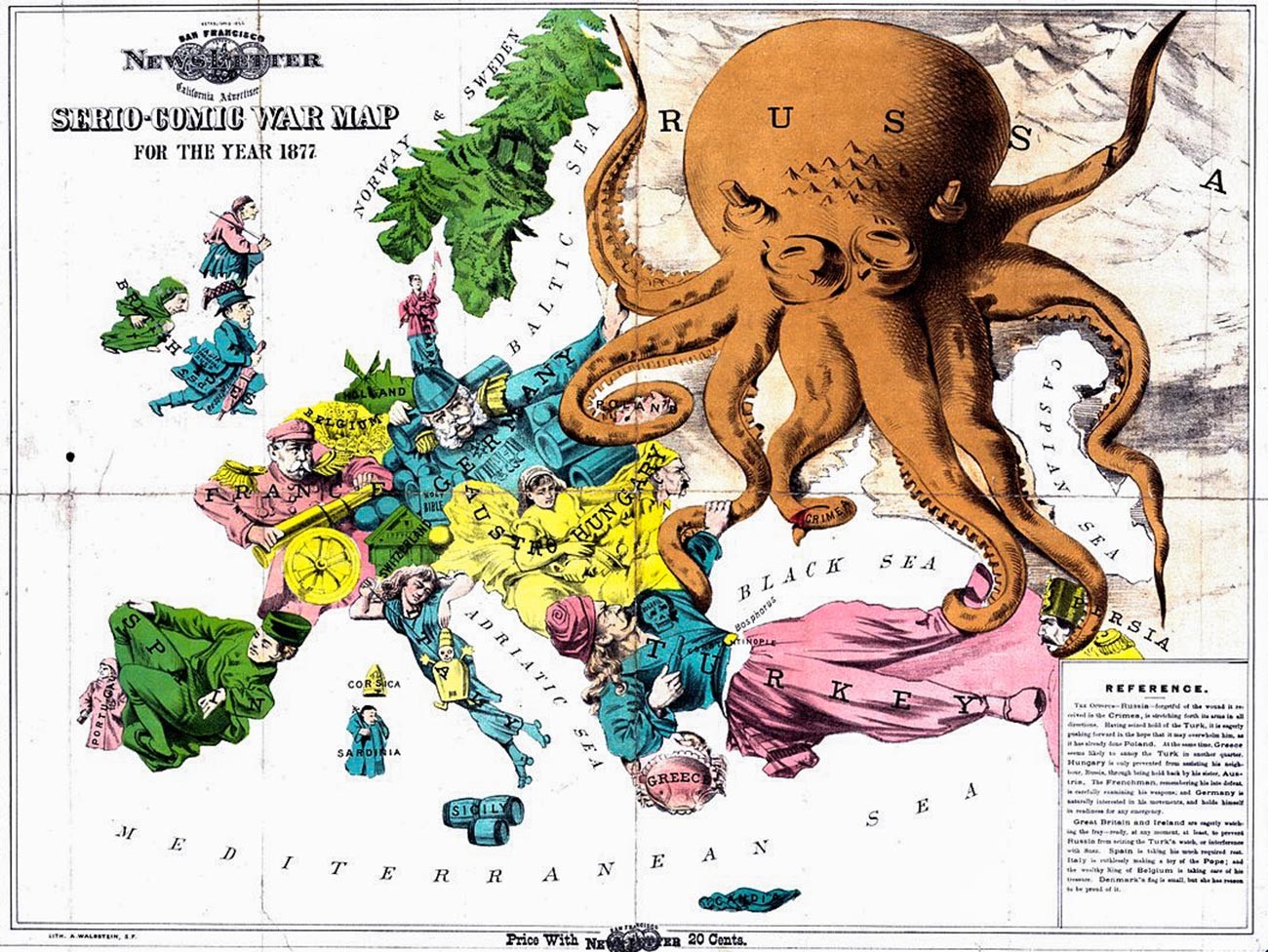
Satirical map of Europe, 1877.
Frederick RoseThe last armed conflict in the history of the confrontation between the two empires was World War I. The Russian army managed not only to thwart the Turkish plans to seize the Russian Transcaucasia, but also to launch a large-scale counteroffensive. Thus, at the beginning of 1916, the troops of General Nikolai Yudenich defeated the 3rd Turkish Army and captured the strategically important city of Erzurum, which opened the way inside the Ottoman territories.
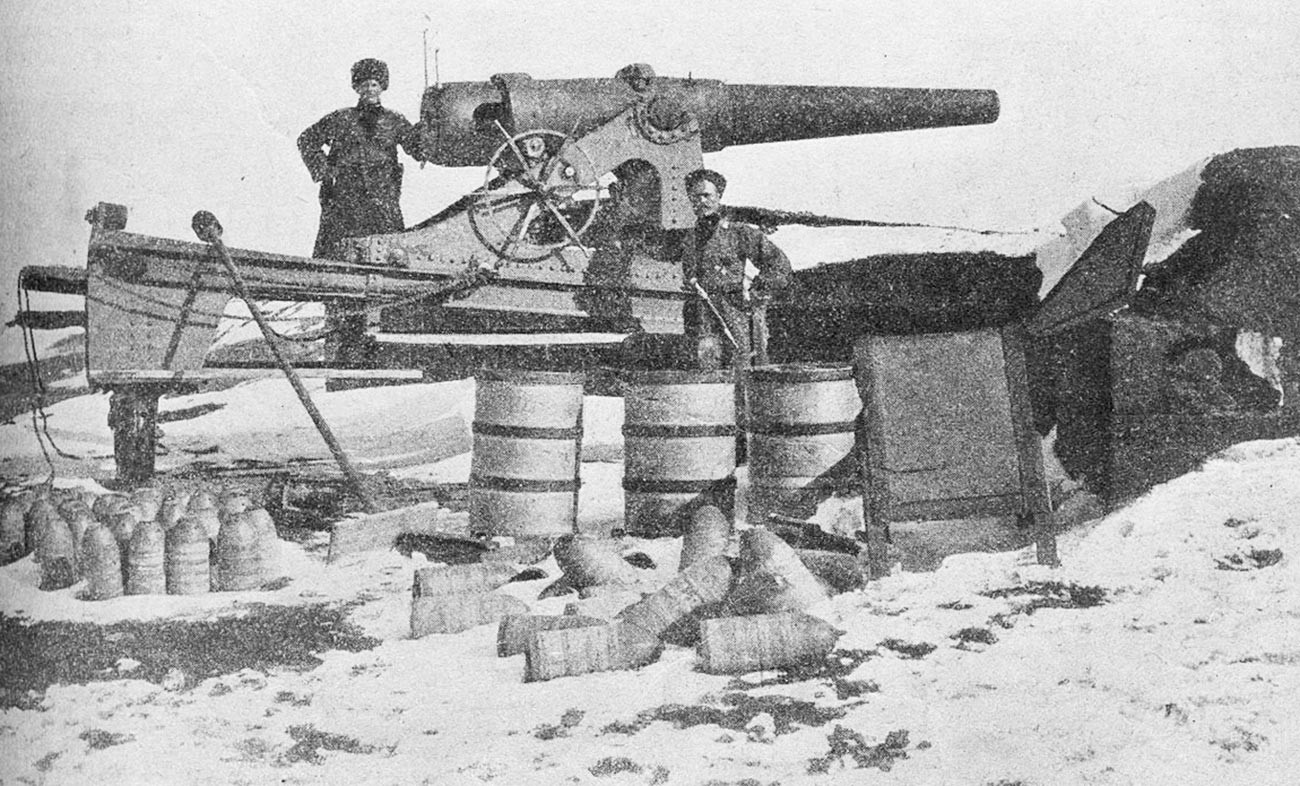
Turkish gun captured by the Russian Army, Erzurum, 1916.
Public DomainHowever, the Russian troops were not destined to crush the Turks. The February Revolution of 1917 led not only to the fall of the Russian monarchy, but also to the rapid collapse of the Russian army. Turkish troops managed to reclaim all of Eastern Anatolia under their control and even capture the Russian regions of Batumi and Kars. And yet, the outcome of the world conflict for the Ottoman Empire had already been decided and the days of the Sublime Porte were numbered.
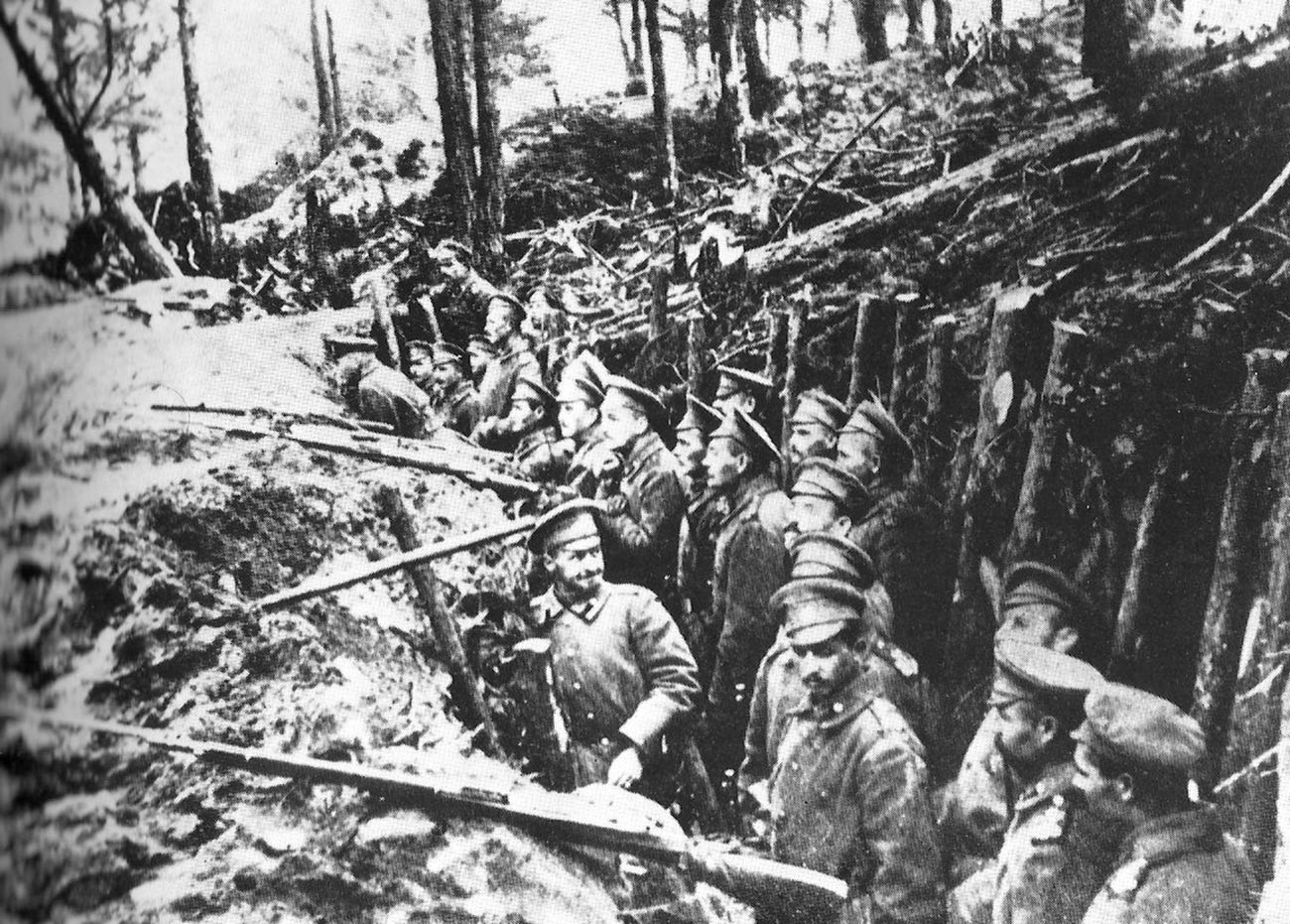
Russian trenches in the forests of Sarikamish.
Public DomainAfter the end of World War I, the erstwhile implacable enemies entered an unusual period in their bilateral relations. The Bolsheviks supported Kemal Ataturk’s Turkish nationalist movement in its fight against foreign intervention. As a result, Soviet Russia and the Turkish Republic, which was established in 1923 on the ruins of the Ottoman Empire, even became allies, although this friendship did not last long.
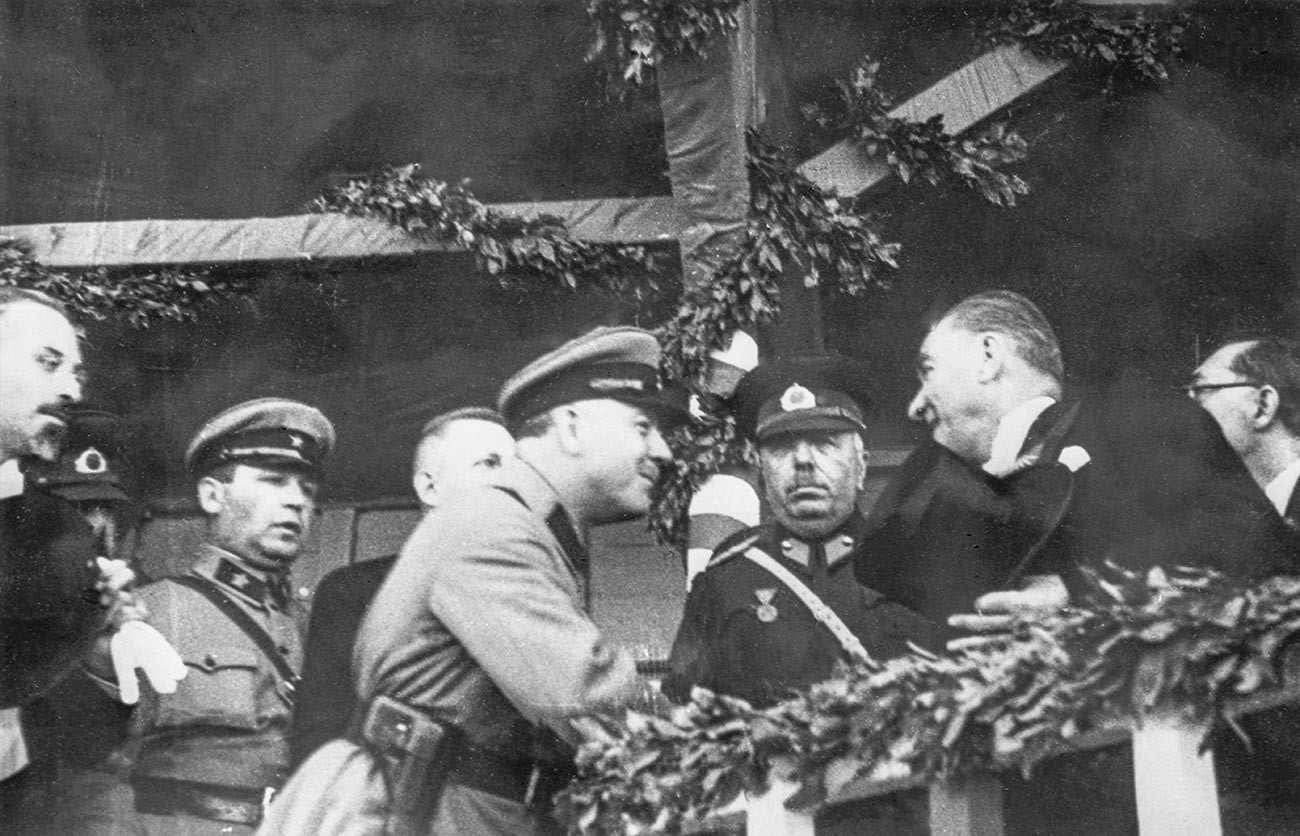
Kliment Voroshilov and Atatürk in 1933.
SputnikIf using any of Russia Beyond's content, partly or in full, always provide an active hyperlink to the original material.
Subscribe
to our newsletter!
Get the week's best stories straight to your inbox